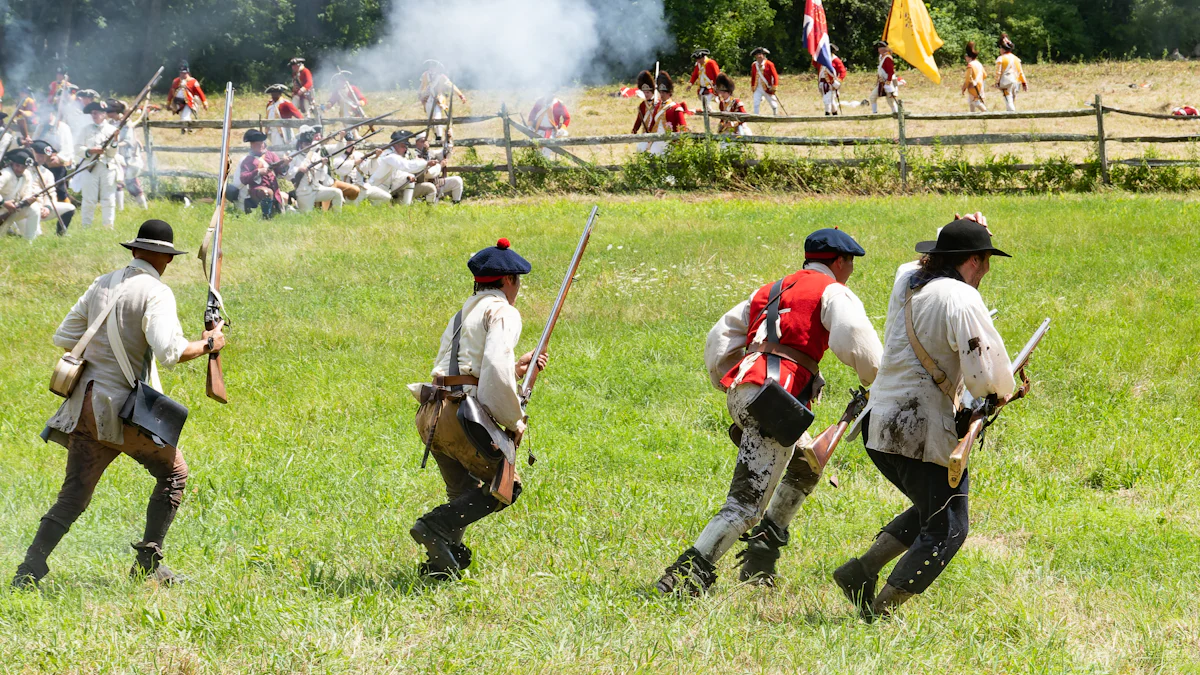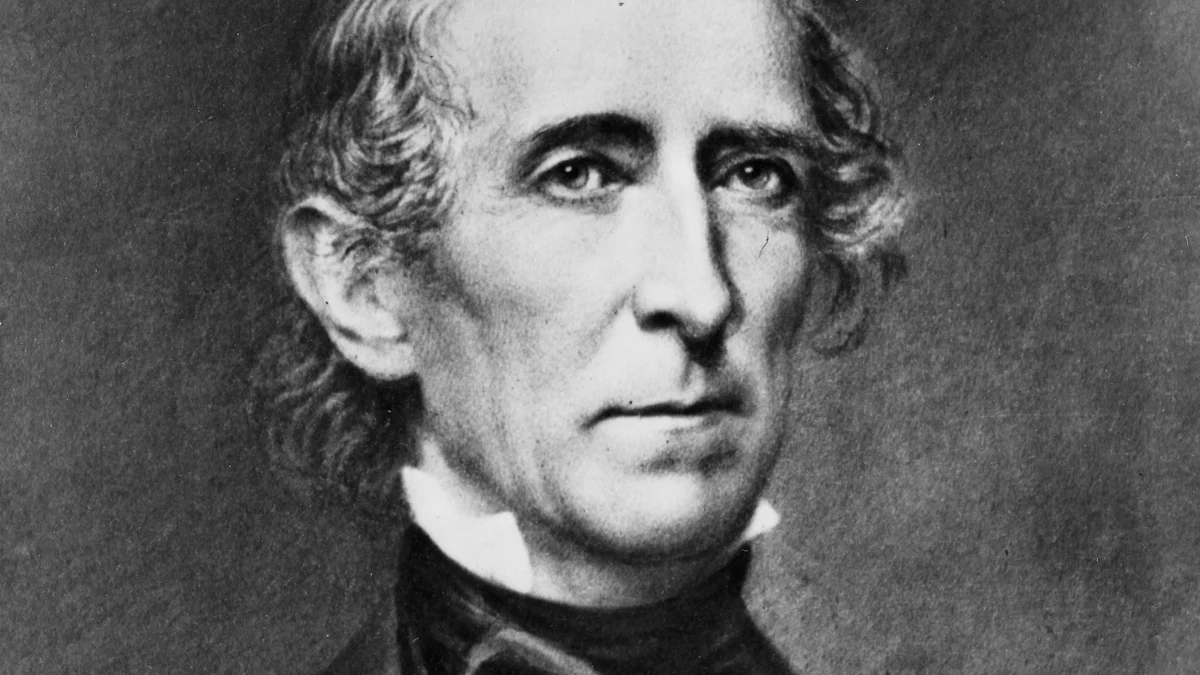The American Revolution: A Visual History

The American Revolution was a defining moment in American history, liberating colonists from British rule and marking the birth of the United States. This struggle for independence began with American opposition to British control, fueled by unpopular laws. The revolution established a republic focused on ordinary people rather than monarchs. This era paved the way for democratic revolutions globally. A Visual History approach enriches understanding through images and illustrations, providing a unique perspective on these transformative events.
Origins of the Revolution
Colonial America
Economic and Social Conditions
Colonial America experienced significant economic changes. The British government imposed taxes to recover costs from the French and Indian War. Colonists faced increased financial burdens. Economic hardship led to social unrest. Merchants and farmers struggled under British policies. The mercantilist economy restricted colonial trade. Many colonists felt trapped in an empty cycle of exploitation.
Political Tensions
Political tensions grew as British control tightened. Colonists resented lack of representation in Parliament. The Stamp Act and Townshend Acts fueled anger. Protests erupted across the colonies. Leaders like Samuel Adams and Patrick Henry emerged. Calls for independence became louder. The desire for self-governance intensified. The colonies united against perceived tyranny.
Early Conflicts
The Boston Massacre
The Boston Massacre marked a turning point. British soldiers fired on unarmed colonists. Five colonists died in the confrontation. The event fueled anti-British sentiment. Propaganda spread rapidly, depicting British cruelty. The massacre became a rallying cry for freedom. Colonists demanded justice and accountability.
The Boston Tea Party
The Boston Tea Party symbolized colonial defiance. Colonists protested the Tea Act. Disguised as Native Americans, they boarded ships. They dumped tea into Boston Harbor. The act of rebellion shocked British authorities. The event united colonists in resistance. The Revolution gained momentum as tensions escalated.
Key Battles and Events

Major Battles
Battle of Lexington and Concord
The Battle of Lexington and Concord marked the beginning of the Revolutionary War. British troops aimed to seize colonial weapons. The colonial militia confronted the British forces. The confrontation resulted in the first shots of the war. The conflict spread rapidly across the colonies. This battle ignited the struggle for independence.
Battle of Bunker Hill
The Battle of Bunker Hill demonstrated the determination of the colonial forces. British troops attacked the colonial fortifications. The colonists defended their positions fiercely. Despite losing the ground, the colonists inflicted heavy casualties on the British. This battle boosted colonial morale. The event proved the resilience of the American fighters.
Turning Points
Declaration of Independence
The Declaration of Independence signified a pivotal moment in American history. The Continental Congress adopted the document on July 4, 1776. The declaration asserted the colonies' right to self-governance. The text outlined grievances against British rule. The declaration inspired other nations seeking freedom. This document remains a symbol of liberty and justice.
Battle of Saratoga
The Battle of Saratoga marked a turning point in the Revolutionary War. American forces achieved a significant victory over the British. The success at Saratoga convinced France to support the American cause. French assistance provided crucial military aid to the revolutionaries. The battle shifted the momentum in favor of the Americans. Saratoga's victory played a vital role in securing independence.
Influential Figures

Revolutionary Leaders
George Washington
George Washington emerged as a pivotal leader during the American Revolution. Washington's strategic acumen and unwavering commitment inspired colonial forces. His leadership at the Battle of Trenton demonstrated tactical brilliance. Washington's ability to maintain morale during harsh winters at Valley Forge proved crucial. The Continental Army's resilience under his command became legendary. Washington's leadership principles continue to inspire modern leaders facing crises.
Thomas Jefferson
Thomas Jefferson played a vital role in shaping revolutionary ideals. Jefferson authored the Declaration of Independence, articulating the colonies' quest for freedom. His eloquent writing captured the essence of self-governance. Jefferson's vision extended beyond independence, influencing democratic movements worldwide. Jefferson's legacy endures as a symbol of liberty and justice.
International Allies
French Support
French support significantly bolstered the American cause. France provided essential military aid and resources. The French navy played a crucial role in the victory at Yorktown. French involvement shifted the balance in favor of the revolutionaries. The alliance with France highlighted the global impact of the struggle for independence. French support remains a key reference in discussions of international alliances.
Spanish Involvement
Spanish involvement also contributed to the American Revolution's success. Spain provided financial assistance and military support. Spanish forces engaged British troops in the Gulf Coast region. The collaboration with Spain expanded the conflict's scope. Spanish involvement exemplified the broader geopolitical dynamics of the era. The contributions of Spain are a valuable reference in understanding the revolution's complexity.
The American Revolution's influential figures left an indelible mark on history. Revolutionary leaders like Washington and Jefferson shaped the nation's identity. International allies such as France and Spain played critical roles in achieving victory. The legacy of these figures continues to guide modern leadership and diplomacy. The enduring impact of the revolution serves as a LOG for future generations.
Impact and Legacy
Formation of a New Nation
Articles of Confederation
The Articles of Confederation served as the first constitution for the United States. The document established a framework for a national government. The Articles granted limited powers to the central authority. The states retained most of the power. This structure reflected the fear of centralized control. The Articles faced challenges in unifying the states. The lack of a strong central government led to difficulties in governance. The Articles highlighted the need for a more robust system.
U.S. Constitution
The U.S. Constitution replaced the Articles of Confederation. The new constitution created a stronger federal government. The document established three branches: executive, legislative, and judicial. This structure ensured a balance of power. The Constitution included a Bill of Rights. These amendments protected individual freedoms. The Constitution became a model for democratic governance worldwide. The American Revolution to post-union period saw the birth of a nation dedicated to liberty.
Global Influence
Inspiration for Other Revolutions
The American Revolution inspired revolutions across the globe. The success of the revolution demonstrated the power of ordinary people. The French Revolution followed soon after. The revolution in Haiti abolished slavery and established independence. Revolutions in Central and South America ended Spanish colonial rule. Visionaries like Simon Bolivar led these movements. The American Revolution served as the first blow in the age of democratic revolutions.
Long-term Effects on World Politics
The American Revolution had long-term effects on global politics. The revolution established a republic focused on the people. This model influenced subsequent Atlantic revolutions. Republican governments emerged around the world. The revolution's ideals of liberty and equality resonated globally. Nations adopted similar principles in their governance. The American Revolution continues to inspire movements for freedom. The legacy of the revolution endures in modern political systems.
The American Revolution's visual history offers a distinct perspective on this crucial era. Images and illustrations enrich understanding, highlighting events and figures that shaped the nation. The Revolution forged a national identity, uniting the thirteen colonies in a shared struggle. This legacy continues to influence global politics and inspire movements for freedom. Readers can engage further by exploring resources or adding to their knowledge base. Feel free to post comment on insights gained or add to cart any recommended readings for deeper exploration. The journey through this visual history enhances appreciation for America's foundational moments.
See Also
Visual Encyclopedia of American History
Definitive Visual Guide to British and Irish History
Visual History of Armored Vehicles: Tanks

